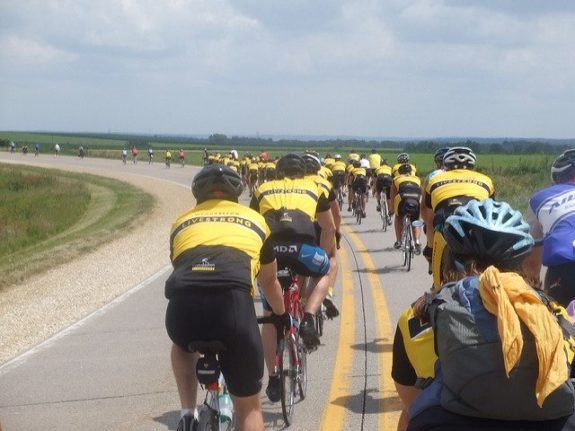
April 26, 2017; USA Today (Associated Press)
Between 2011, when Lance Armstrong rode his last Tour de France and became embroiled in the doping scandal, and 2015, contributions have plummeted at the Livestrong Foundation by 85 percent. In fact, contributions in 2015 fell to $3.7 million from $11.9 million in 2014. This, of course, had everything to do with Armstrong’s doping scandal, and the recovery process has been slow.
“It’s obvious that 2015 was a low-water mark for us,” said Livestrong’s president, Greg Lee, who called the charity smaller but healthy. “There was still some collateral damage. You didn’t see the true impact of that until 2015. We have turned a corner…. The truth is, the impact on patients has not suffered.”
Livestrong has seen double-digit declines for three straight years—and, yes, this has caused them to dip into reserves. But, Lee says the numbers are now trending up, albeit slightly. “We almost look like geniuses,” Lee says. Indeed, the organization has reduced its original staff of 80 to half that, and preliminary numbers indicate that revenues increased in 2016 by $1.7 million.
Sign up for our free newsletters
Subscribe to NPQ's newsletters to have our top stories delivered directly to your inbox.
By signing up, you agree to our privacy policy and terms of use, and to receive messages from NPQ and our partners.
Brian Mittendorf, an accounting professor at Ohio State University’s Fisher College of Business, comments, “It’s natural that the fundraising declined. For years, royalties on the name were a big thing, but obviously that’s not around anymore.”
“Livestrong being able to be what they were in the past seems like a stretch, but they can still be viable,” Mittendorf said.
One thing that might help their brand is an upcoming partnership with the University of Texas’s new medical school, to which Livestrong has committed $50 million over 10 years to establish the Livestrong Cancer Institute. Mittendorf notes, “It can give them a new identity.”—Ruth McCambridge











